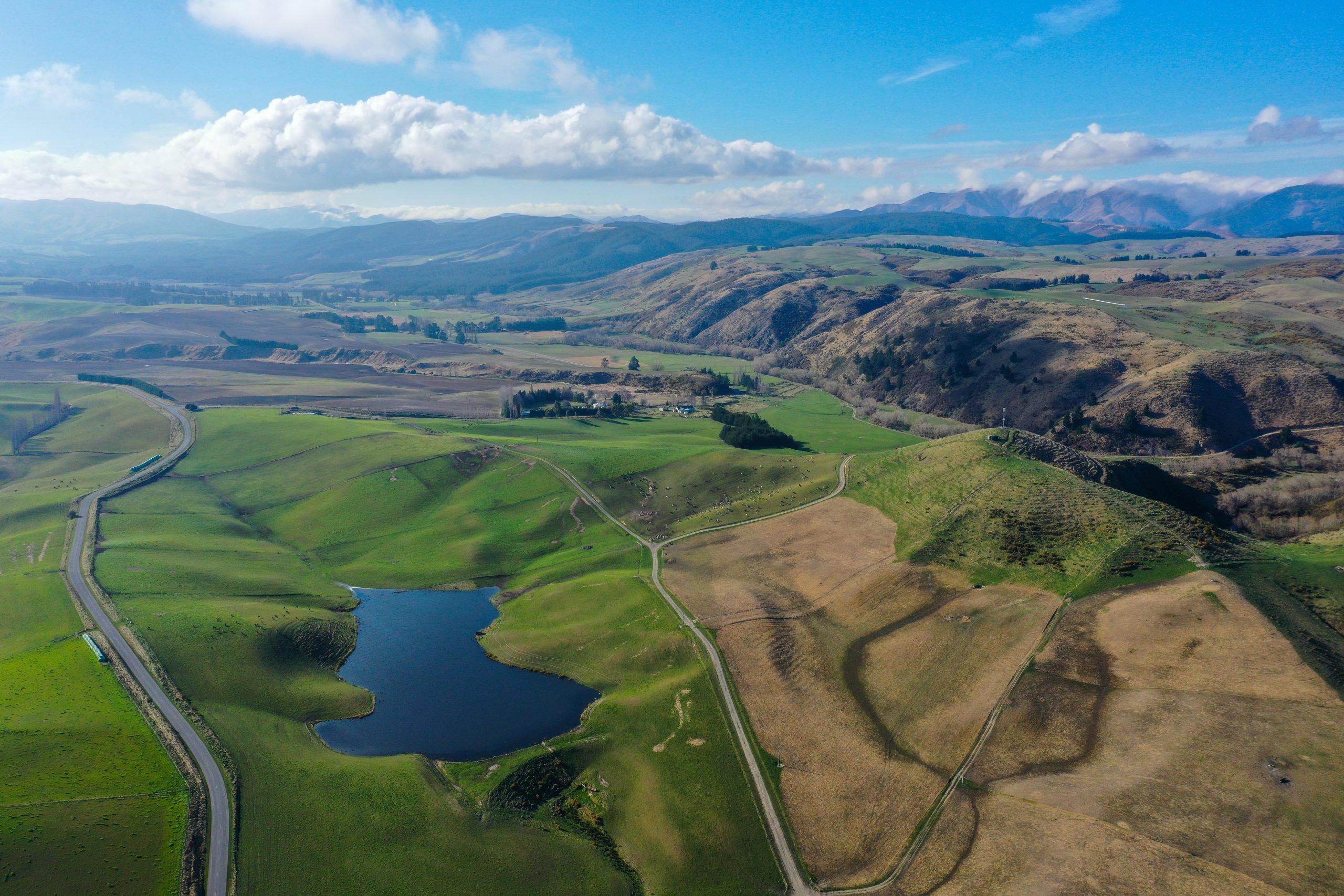By Elaine Fisher
By New Year’s Day, 2022, a quarter of New Zealand farms must have a written plan in place to measure and manage their greenhouse gas emissions, and that will be compulsory for all farms by January 1, 2025.
This is among the requirements of He Waka Eke Noa (Our Future is in Our Hands), a partnership between the government and the primary sector to reduce primary sector emissions.
It involves working to equip farmers to measure, manage and reduce on-farm agriculture greenhouse gas emissions (GHG) and adapt to climate change, to enable sustainable food and fibre production for future generations.
AgFirst agricultural economist Philip Journeaux says Fonterra and Synlait have begun calculating the figures for their suppliers, which has raised awareness among farmers of the need to know their emission numbers.
In addition, Phil and the AgFirst team have been working out numbers for sheep and beef farmers, including Rick and John Burke of Pukekauri Farm near Katikati.The numbers are based on data supplied by farmers, including their livestock types, stocking rate, animal production, fertiliser inputs, rainfall and soil type. Overseer software is used to calculate the greenhouse gas emissions of each farm.
‘There will be many sheep, beef and dairy farmers across New Zealand who have a great story to tell about their regenerative practices producing high-quality nutritious food from grass-fed animals.’
In the case of Pukekauri Farms, data from 1998-99, 2014-15 and 2020-21 was used to show emissions had decreased by 60%, and based on inflation-adjusted figures, its profitability has improved by between 20 to 25% overall since 1999.
“This has been achieved over a period of about 20 years and includes the effective use of drymatter by livestock that have been chosen for their genetic growth potential. It also includes the planting of exotic forest and areas retired and planted in natives,” says Phil.
Many farmers are still dealing with the new requirements around fresh water and while they also need to know their numbers for GHG emissions, Phil cautions against making any dramatic changes to farm management or stock type until further He Waka Eke Noa provisions are announced.
In the meantime, Beef + Lamb NZ Mid-Northern Farmer Council member Rick Burke is urging farmers to “do their numbers”.
“There will be many sheep, beef and dairy farmers across New Zealand who have a great story to tell about their regenerative practices producing high-quality nutritious food from grass-fed animals.”
That information will add to the growing evidence that shows while there is still room for improvement, pastoral farming in New Zealand is not a major contributor to global warming.
“Your numbers will provide evidence to support the recent study commissioned by B+LNZ, led by Dr Bradley Case of Auckland University of Technology, which estimates that the woody vegetation on New Zealand sheep and beef farms is offsetting between 63 and 118 percent of their on-farm agricultural emissions.”
Telling the story of the positive climate impacts of sheep and beef farming and backing it with the evidence is vital to help counter the consumer resistance to eating red meat, Rick says. “Kanoa Lloyd of the TV3’s The Project said recently she would not eat as much red meat because growing it was contributing to warming the planet. That’s misinformation that I believe has come from big fossil fuel users. They have done well in deflecting the blame for global warming on all agricultural sectors, red meat in particular.
“I acknowledge a big chunk of those in the agricultural industry worldwide, including feedlot, intensive farming and arable farming using high inputs, are not farming sustainably, but many sectors are, and that needs to be recognised,” he says.
Pukekauri Farm’s approach to farm management began to change in 1998 when a Land Environment Plan was formed in conjunction with Bay of Plenty Regional Council staff. This led to a progressive programme of retiring and fencing out waterways and marginal areas of the farm. As a result, the farmed effective area has reduced by 25%, but production has gone up. “That’s because the areas we retired were marginal and often cost money in terms of fertiliser, weed control, and stock management.”
At the same time attention was turned to the livestock. Today Rick says Pukekauri stock are farmed to their best genetic potential. “We were lucky to have got ahead of the curve, and if you like Pukekauri is a sort of lighthouse for what can be achieved, but I know many New Zealand farmers are doing similar work on their land.”
Those farmers are returning to the practices that were once a tradition in this country, paying close attention to the health of the soil and livestock – practices which changed largely due to the Livestock Incentive Scheme and Marginal Land Loans of the 1970s and encouraged farmers to carry more stock and to break in marginal land.
“Farmers slashed and burnt too much marginal land, but today much has been restored to its original state, including under the QE2 Trust or retired under regional council schemes.”
Pukekauri Farm is today not only more profitable and sustainable, but says Rick, it’s also a more pleasant place to live and work.
“Redesigning the farm system has improved its biodiversity, from birdlife to insects, to stream life.
“We also know our soils are healthy, which means our animals are too. All this is good for our own health as we are not faced with unwell stock and high vet bills. Many farmers tell me changing from a high input system with a change in focus from quantity to quality and lower inputs is making just as much money but is far less stressful.”
- To find out how to quantify your farm’s GHG numbers contact Beef+Lamb NZ or DairyNZ.





